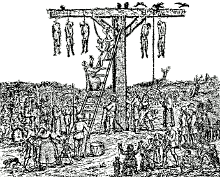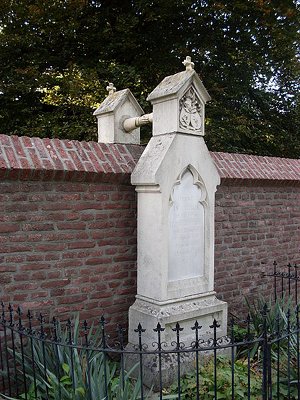
Two segregated graves, joined together by a connected pair of hands, looks romantic by today’s standards. However, buried here are a husband and wife that couldn’t be put into the earth near each other back in the 19th century because the man was Protestant and the woman was Catholic. Marrying them wasn’t a problem apparently, but their eternal peace was.
The man died one day, and his wife died eight years later. She didn’t want to be buried in her family’s tomb, but as close as possible to her husband. This pair of hands was a compromise and is today a reminder of the important religion played in people’s beliefs. If I read correctly it was only in the 1960s that it was acceptable to mix and match religions in graveyards, something I’ve seen in military graveyards in the Netherlands.
Up until the 1960s (and still today in many Dutch institutions like schools and political parties), the Netherlands was segregated based on religion, which was called ‘pillarisation’ (‘verzuiling’): Protestants, Catholics and anything that didn’t quite fit those two (atheists, liberals, etc.). Muslims were not even a blip on the radar at that point, which is the beginning of a big discussion on why they never had a pillar and why their integration is happening haphazardly.
(Link: nowiknow.com, Photo of Tomb by Frank Janssen, some rights reserved)


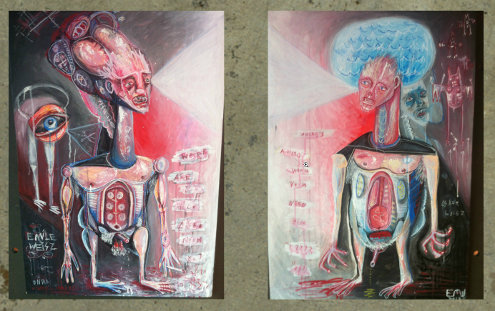

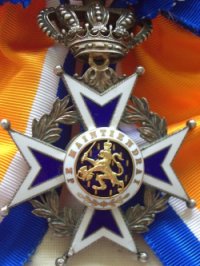
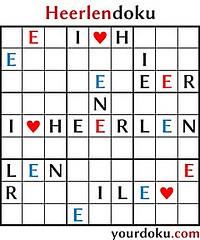
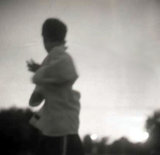 Lisa Coolen (15) from Heel in Limburg shattered the world record for the highest martial arts kick on 12 May.
Lisa Coolen (15) from Heel in Limburg shattered the world record for the highest martial arts kick on 12 May.  Yesterday the city of Roermond in Limburg played host to the official reception of Saint Nicholas in the Netherlands, and the city was the centre of attention in the week before in children’s news show Sinterklaasjournaal.
Yesterday the city of Roermond in Limburg played host to the official reception of Saint Nicholas in the Netherlands, and the city was the centre of attention in the week before in children’s news show Sinterklaasjournaal.
